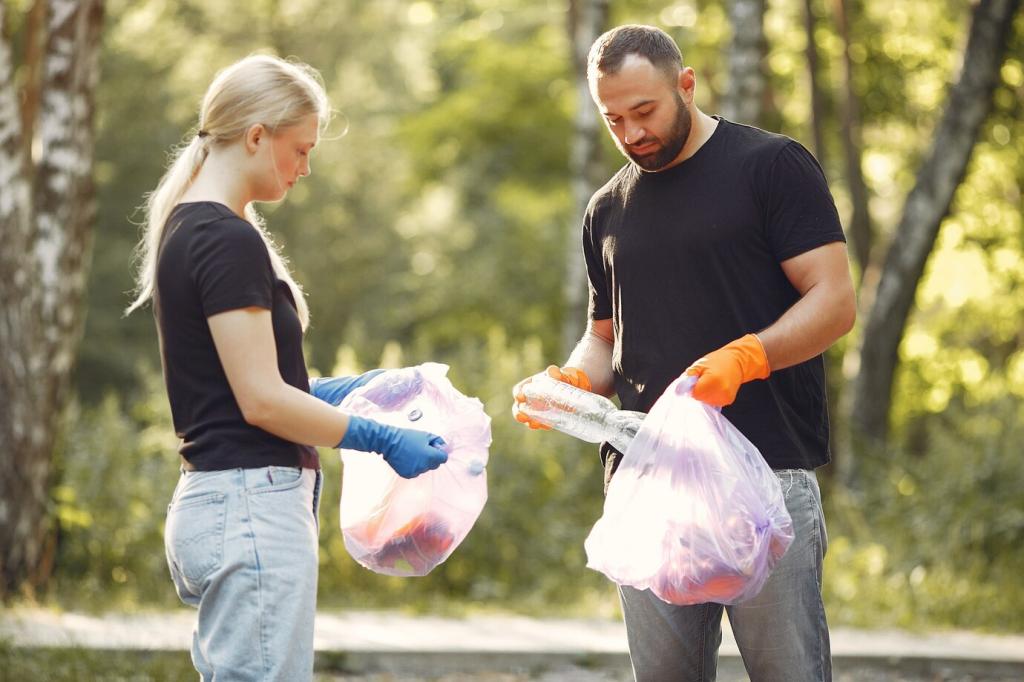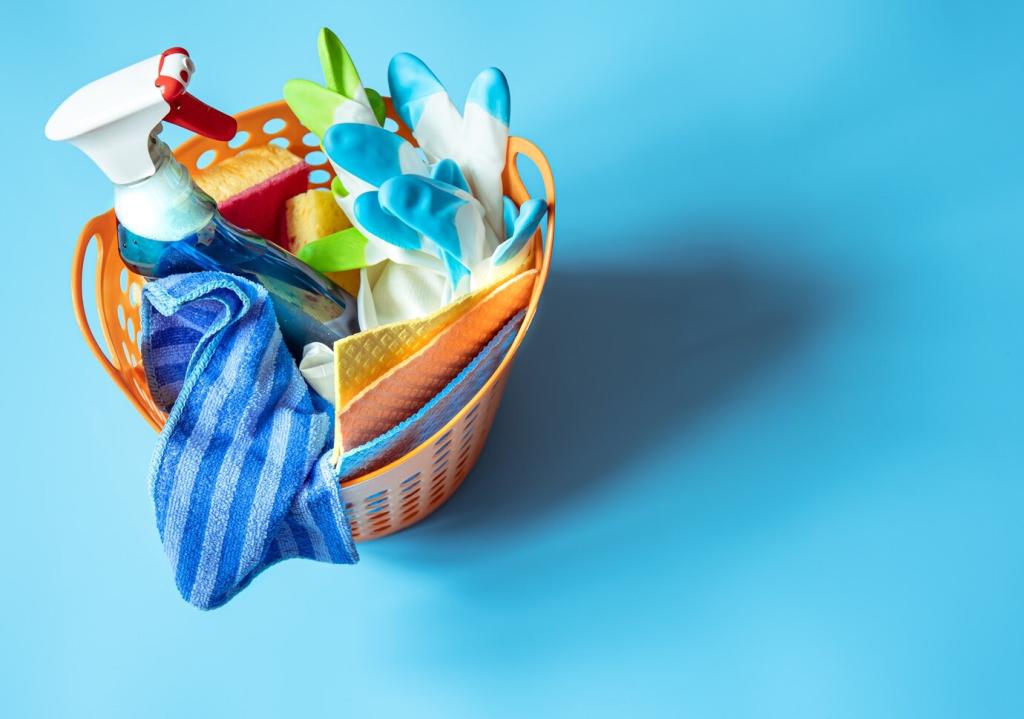DIY Solutions That Respect Your Air
Combine 1 cup distilled water, 1 tablespoon white vinegar, and 1 teaspoon gentle castile soap in a reusable spray bottle. Optional: one drop of a well-tolerated essential oil after patch testing. Lightly mist, then blot with a damp cloth to rinse. Share your favorite scent-free tweaks in the comments.
DIY Solutions That Respect Your Air
Stir 1/4 cup baking soda with 2 tablespoons cornstarch, then sift lightly over cushions. Wait 30 to 60 minutes for odors to bind. Vacuum with a HEPA attachment in slow passes. Avoid heavy use on delicate velvet or suede. Tell us how long you left it and your results afterward.
DIY Solutions That Respect Your Air
Mix a small spoon of baking soda with a tiny drop of castile soap and a little water to form a paste. Dab onto greasy spots, allow it to work, then gently lift with a damp cloth. For fresh oil spills, try arrowroot first. Report back with your most surprising success.





